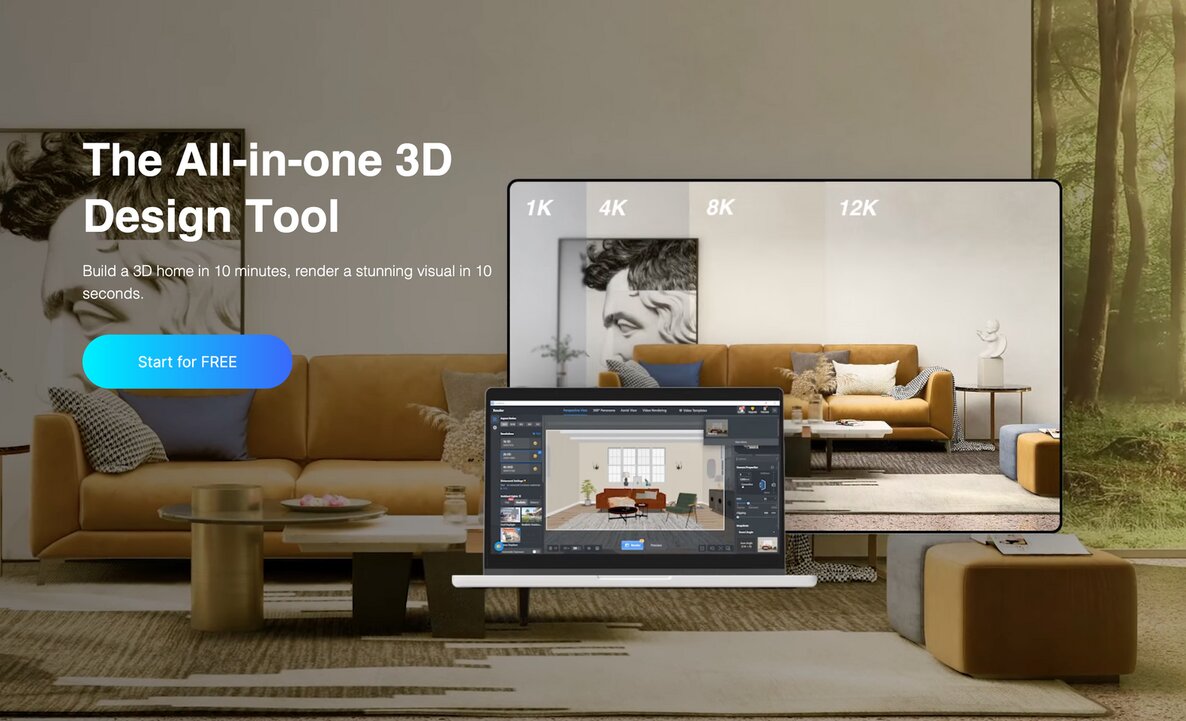
Originating from the era of the First Industrial Revolution, industrial design emphasizes functionality, practicality, and the use of raw materials. It creates a sturdy and primitive texture by showcasing exposed structures, metallic elements, and rough surface treatments.
With the continuous innovation of modern designers, industrial aesthetics has evolved beyond just a singular, rough and heavy look. It now conveys a casual spirit of liberalism, exuding a unique charm in urban settings.
Characteristics of Industrial Style Interior Design

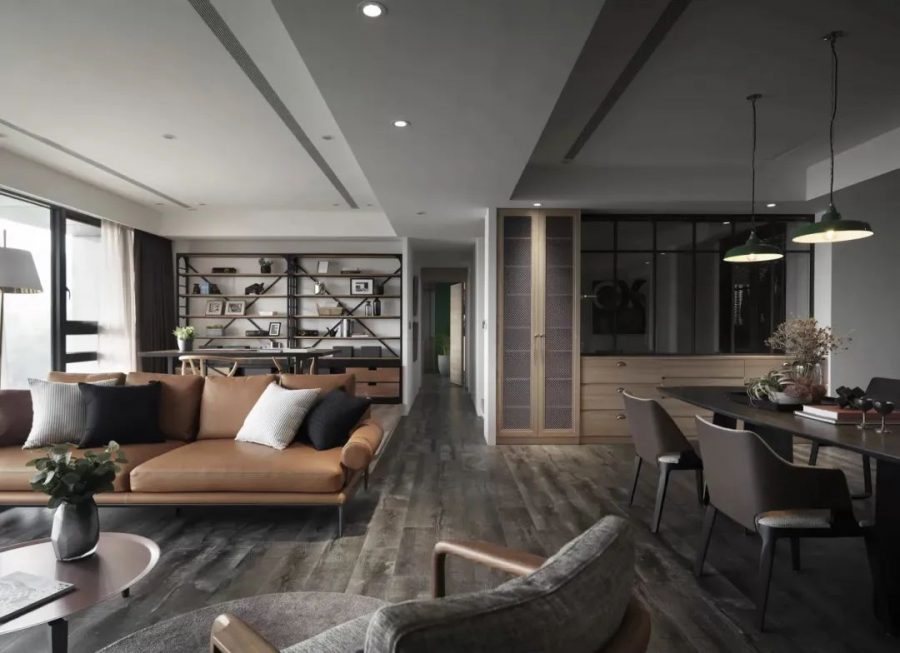
Compared to traditional home design, industrial style pays more attention to the use of materials. It often employs exposed brick walls, concrete floors, and metal pipes – structural elements typically concealed – to bring about a rugged beauty to the space.
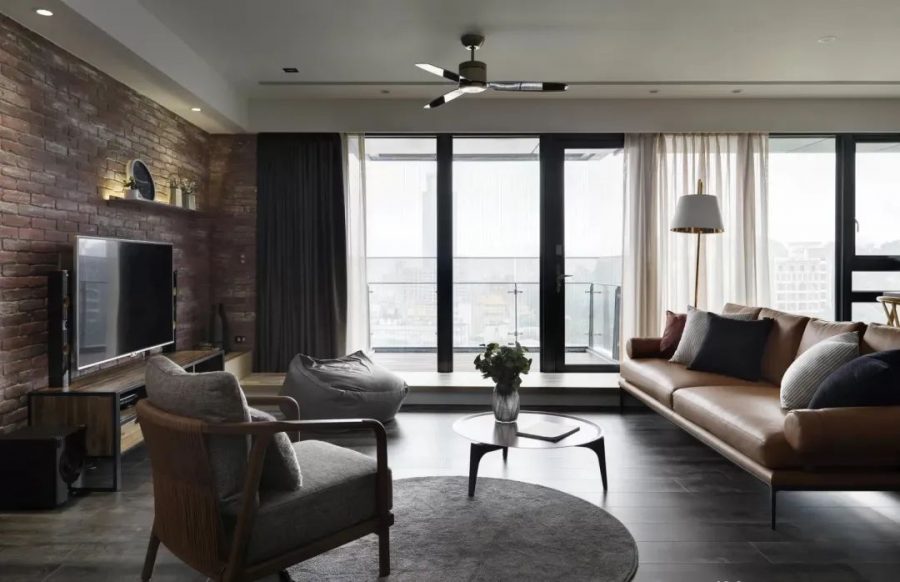
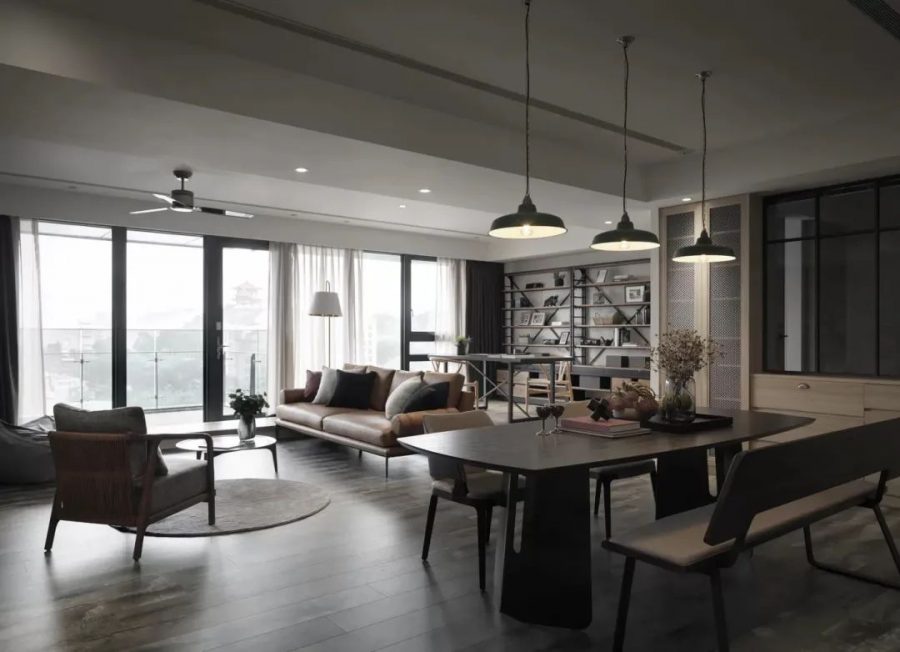
Moreover, industrial style interior design also emphasizes functionality and practicality. Built-in storage spaces, movable furniture, and open kitchens are design elements aimed at enhancing space utilization, creating a more expansive view, and bringing order to life.
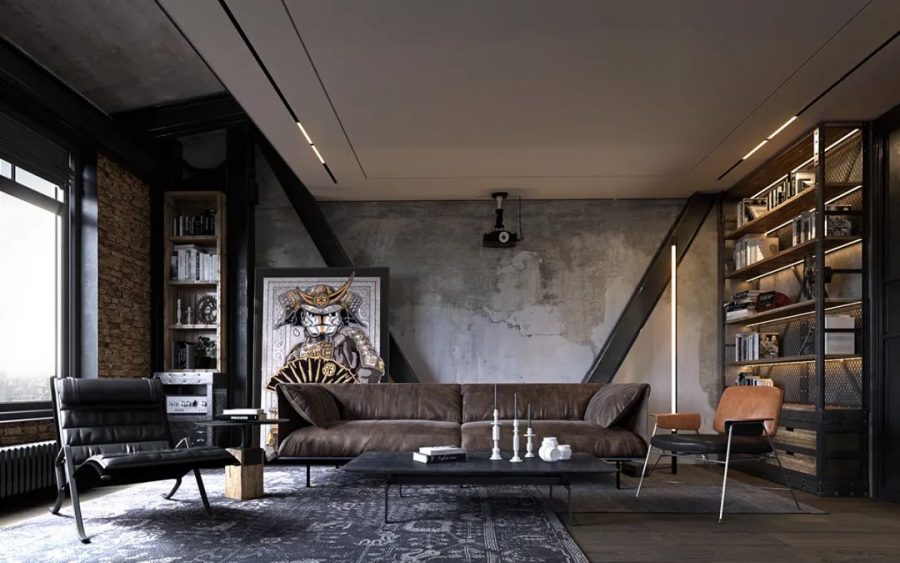
In terms of color, industrial style opts for neutral and deep tones like black, white, gray, brown, and rust. These colors create a robust visual effect and complement the natural hues of metal and wood.

To inject more vitality into the home, one can balance the overall atmosphere by adding decorations in bright or warm hues, showcasing personality without losing a delicate warmth.
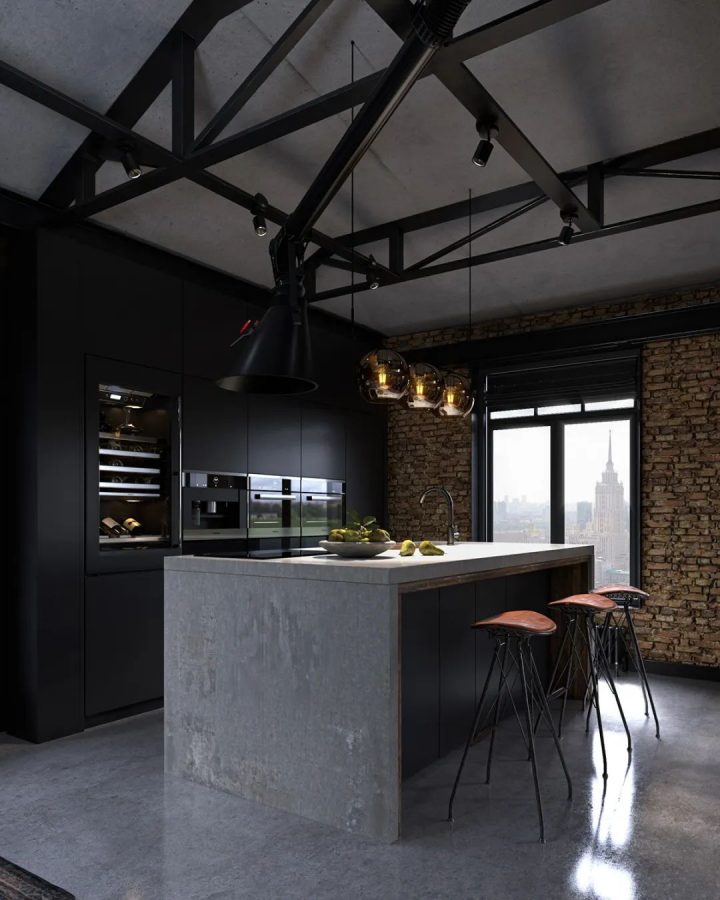
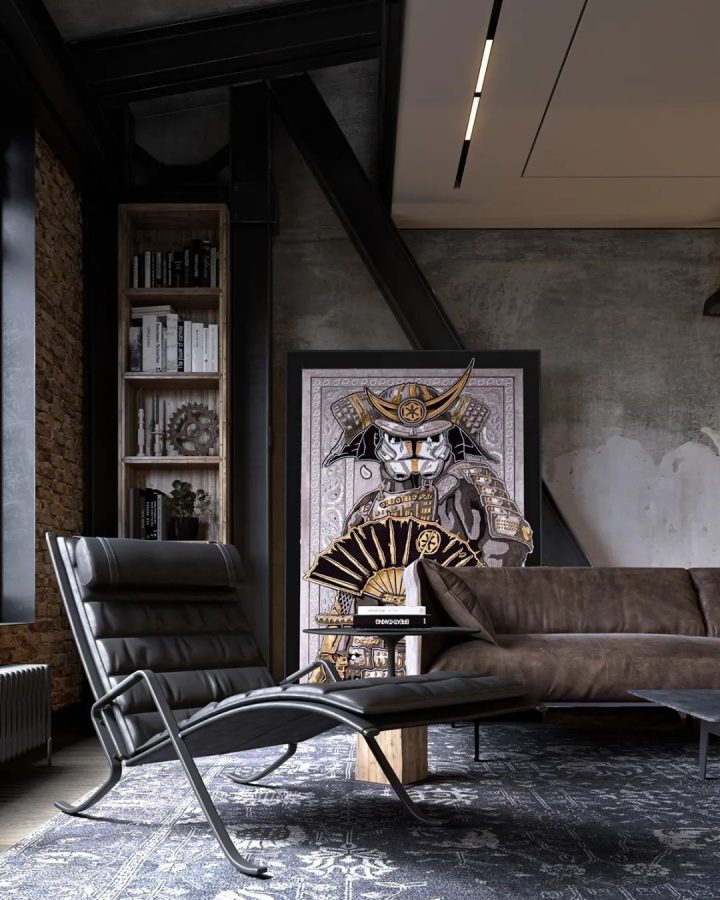
Let the space convey a distinct personal attitude, composing a symphony of iron and wood.
Dare to break free from the constraints of rules, with unrestrained craftsmanship, creating a soul that is both steadfast and light.
For more selected industrial style examples, click the image to collect:
Contact support@coohom.com to learn more about our solutions.
Social Contact:


